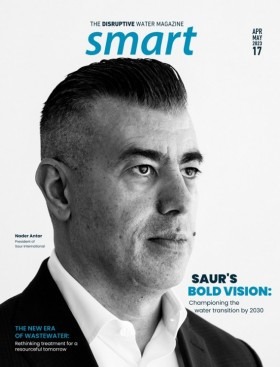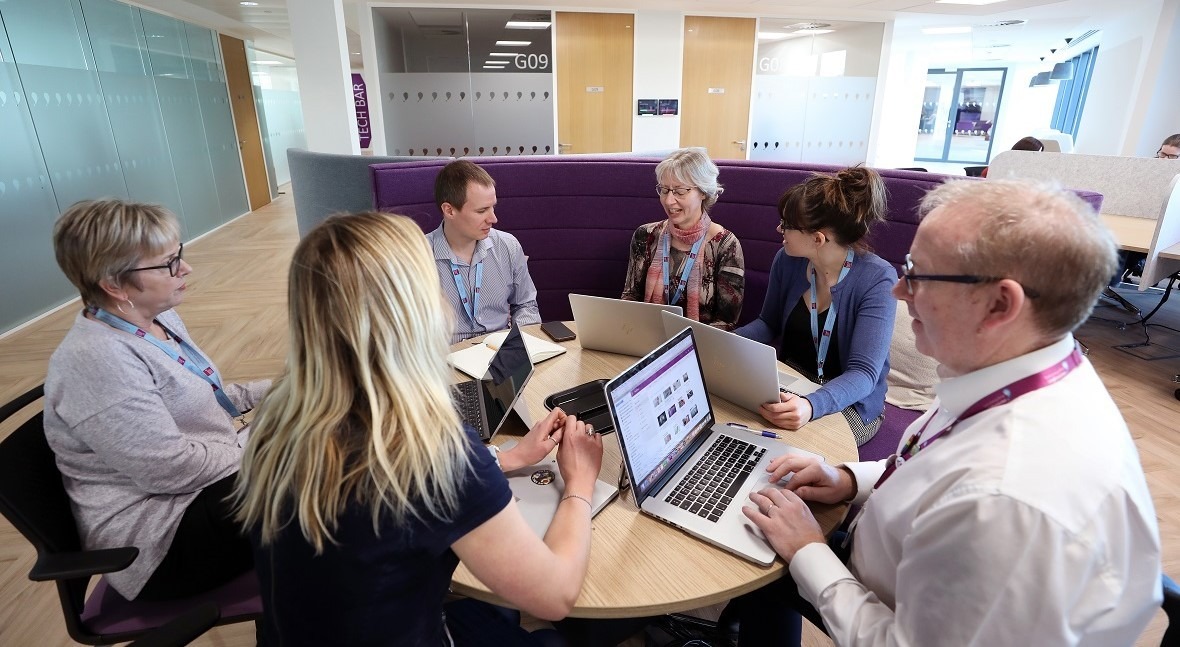“Anglian Water provides high-quality services and products through our bioresources operations”
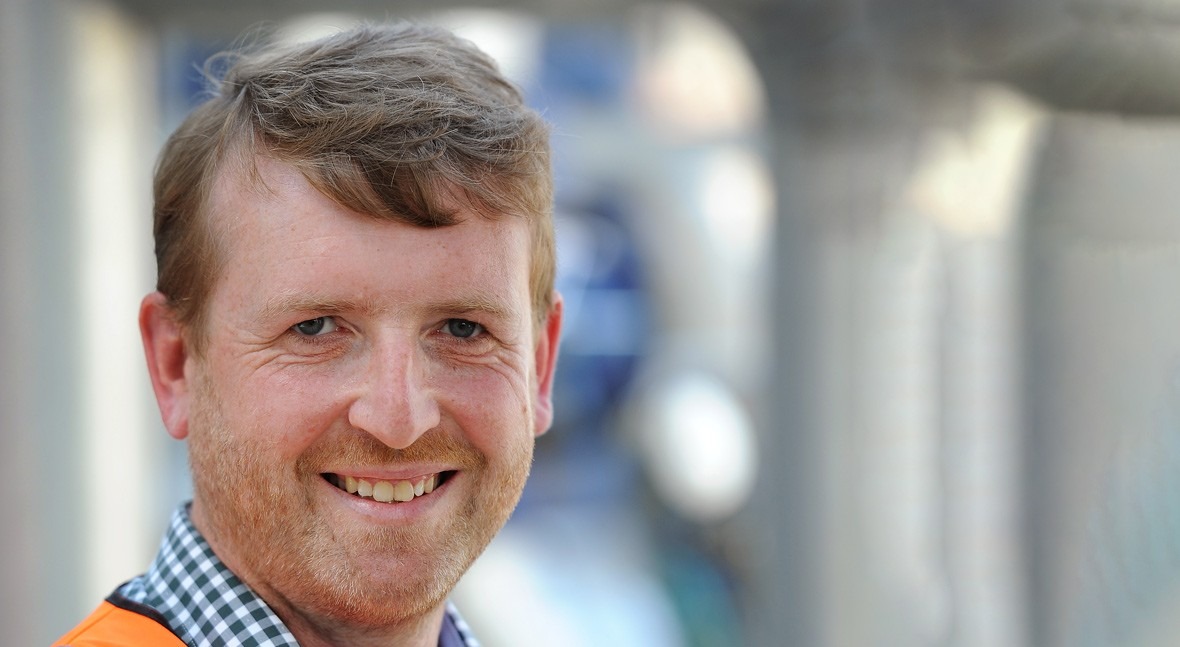
Bioresources captures the activities associated with the collection, transport, treatment and recycling of sewage sludge, a by-product of wastewater treatment. Anglian Water uses advanced anaerobic digestion to produce a biosolids product marketed under the brand Nutri-bio and biogas, used as a source of energy to reduce carbon emissions from operations.
The bioresources business – directly linked to the circular economy and net zero ambitions – faces both challenges and opportunities in the near term: population growth and finding solutions to meet additional treatment capacity, and the evolution of the sludge treatment market. We hear about the complexities of this part of water services operations from Stephen Riches, Portfolio Lead Bioresources - Asset Delivery Planning at Anglian Water Services, including the role of innovation and the company’s priorities.
Can you please tell us briefly about your career path and your current role at Anglian Water?
I joined Anglian Water in 1996 directly from the university as a Mechanical Engineer. Since 1998, the majority of my working career has been as a specialist in sludge treatment (bioresources), initially as a technical lead in the design, build and commissioning of sludge treatment processes. My experience includes lime stabilisation, thermal drying, gasification, and latterly advanced anaerobic digestion systems. During this time I was the technical lead for the development of Anglian Water’s patented industry-leading advanced anaerobic digestion system, heating, pasteurisation and hydrolysis (HpH). We have recently entered into a strategic partnership for this programme with Royal Dutch Haskoning (RDHV), which enables the technology (marketed by RDHV as Helea) to be delivered to other water companies across the world.
Since 2015 my role has taken a more strategic focus. As portfolio lead, I am responsible for supporting our water recycling business stream in many asset management functions, including investment planning. This includes the promotion of projects to our delivery alliances, developing long-term strategies, and preparing strategies, plans and investments for inclusion in our 5-yearly price reviews submitted to Ofwat, our economic regulator.
Can you highlight some projects you are currently involved with?
Much of my work is preparing our PR24 business plan for the Bioresources price control. This forms part of our company business plan submitted to Ofwat in October 2023 for the AMP8 investment period 2025-2030. This is a complex process involving many internal and external stakeholders. The core elements include:
Working with our economic and environmental regulators together with my counterparts at the other water and sewerage companies (WASCs) to develop an investment plan for AMP8 (2025-30).
Updating our long term 25-year Bioresources Strategy and associated adaptive pathways in line with the methodologies set out by our regulators. Our long-term strategy will be aligned with industry-wide work to produce a National Bioresources Strategy commissioned by Water UK. I have been working closely with industry leads, Water UK, and CIWEM throughout this process and look forward to the outputs being published in the coming months.
Innovation has been key in the development and deployment of advanced anaerobic digestion (AAD) technology now predominant in the UK
Developing plans and testing where markets can support us in meeting our strategic needs for bioresources. Examples of this include our recent release of PIN (Prior Information Notice) on Find a Tender for sludge treatment services, to deliver our additional capacity requirements. We also launched a second PIN for the transition of our biogas-fuelled CHP (Combined Heat & Power) engine fleet over to biomethane upgrading and grid injection which supports us in delivering our net zero 2030 plan.
To support the development of Bioresources Markets I have also been leading an Ofwat Innovation Fund Project called Unlocking Bioresources Markets. For this project, Anglian Water is partnering with a systems modelling specialist, Business Modelling Associates and four other water companies (Northumbrian Water, Yorkshire Water, Thames Water and Southern Water). The project aims to model the end-to-end sludge value chain from collection, transport, and treatment to end-product biosolids recycling across multiple water company networks. We are exploring market opportunities that occur when traditional company border constraints are removed and will support systemic decision-making – for example, when companies are planning new capacity investments or transitioning to new technology. This will help identify optimum locations for new investments and possible market opportunities for third-party or joint investments with our neighbours.
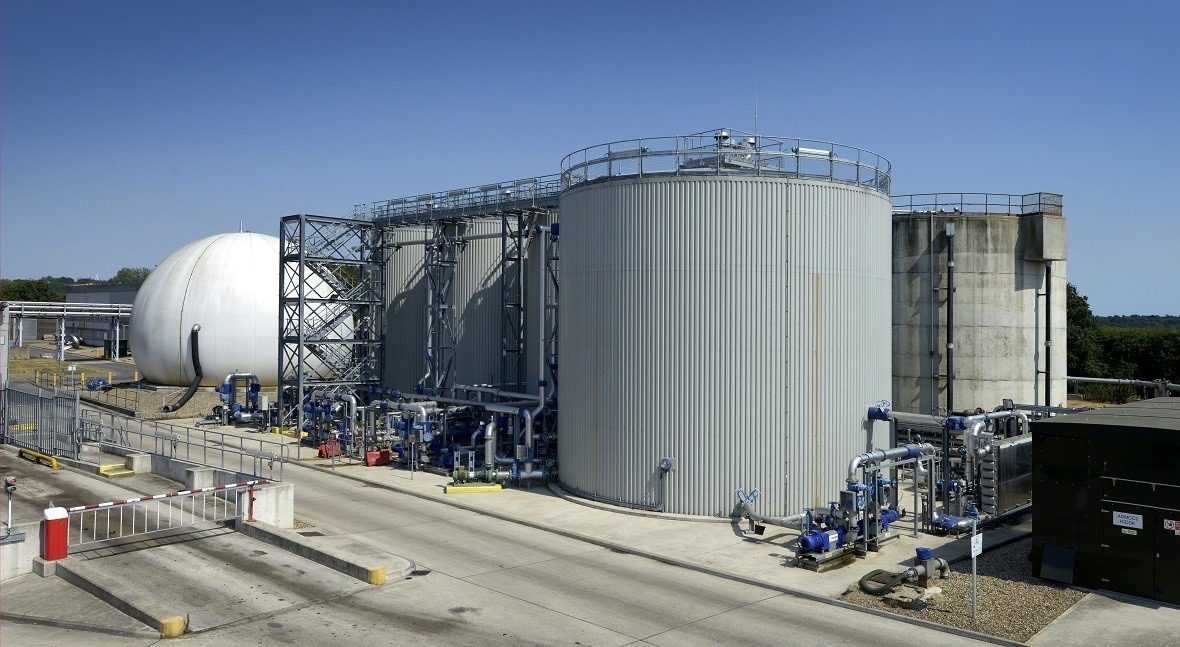
How important has innovation been for water recycling and sludge treatment, and what are your expectations for the future?
Innovation is very important to the industry – sludge treatment innovation has played a big role throughout my career and is more important than ever as we look forward to challenges ahead.
Looking back, innovation has been key in the rapid development and deployment of advanced anaerobic digestion (AAD) technology which is now the predominant treatment technology used across the UK. I am particularly proud during this time to be given the opportunity to truly innovate: taking a concept design for our HpH (now marketed by RDHV as Helea), from a seed idea at an optioneering meeting through bench tests, pilot trials and full-scale implementation. The HpH process was installed at four of our ten sludge treatment centres and these have now been successfully operating since 2013/14. It has been exciting to be able to work with the RDHV team since announcing our partnership a year ago, and I hope we’ll see many more Helea plants being installed to support other companies with their bioresources and net zero challenges.
Our bioresources operations have been productionised and it’s an area that continues to develop rapidly with the use of smart technology
At Anglian Water, we have more than 1100 water recycling centres that all produce sludge requiring treatment and safe onward recycling. We treat and recycle the sludge at ten regional sludge treatment centres. As a result, understanding the inputs, output and constraints of the overall network is vital to drive optimum performance. Therefore, over time our bioresources operations have very much been productionised and this is an area that continues to develop rapidly with the use of smart technology. Combining this with complex modelling provides a dynamic view of our network and assets. In the future, as this capability develops, I see predictive analytics and other tools playing an even bigger role to drive further performance improvement opportunities.
There are also significant opportunities in the potential products that we could produce from sewage sludge and biogas streams – both are really valuable resources. The sludge stream examples include the recovery of bio-polymers, bio-char, bio-oils, recovered phosphate as struvite and recovered ammonia products from liquor. For biogas, biomethane upgrading for grid injection is now commonplace but there are further possibilities for the capture and re-use of carbon dioxide and hydrogen production.
The challenge in this space is that we must quickly identify these technology opportunities, work closely with regulars, create partnerships and fully understand the needs of the potential consumers of these products. There must be sufficient inertia created across the value chain to move from R&D scale to commercially deployable technology, much like the momentum that was achieved with AAD technology after the safe sludge matrix was introduced in the UK for biosolids to land recycling in 1998.
How is Anglian Water’s bioresources strategy linked to the company’s net zero 2030 ambitions?
Anglian Water has published ambitious plans to be net zero by 2030. Our bioresources activities form a crucial component to successful delivery. Our plans include a transition from CHP power generation of renewable heat and power fuelled by biogas to biomethane upgrading and grid injection. By 2030 we plan that at least 54% of the biogas we produce will be upgraded and injected to grid. When we switch from CHP it is important that we consider alternative low-carbon ways of powering and heating our processes. We anticipate, therefore, that the site’s electricity demand will be provided by solar. We also have plans to integrate heat pumps recovering heat from our effluent and sludge, to minimise the fuel input requirements for our process boilers that heat the sludge treatment processes.
We also operate a large fleet of trucks to move sludge and treated biosolids products in and out of our centres. Our plan includes the transition of this fleet to alternative low-carbon fuels such as bio-CNG, LNG and in the longer term, as technology develops electric or hydrogen.
It is not sustainable to allow pollutants to be discharged to sewer and expect wastewater treatment to be the barrier to prevent release
Another significant area where bioresources can support our net zero ambitions is investing in technology to measure, understand and mitigate against process emissions arising from our bioresources operations. These could include vacuum degassing technologies, bio-augmentation to improve the conversion of organic matter to gas that we can capture clean and put to beneficial use, recovery of ammonia from dewatering liquors instead of traditional aerated treatment processes reducing the impact of NOx and capture of the carbon dioxide from the biomethane upgrading process.
What is the Bioresources Bid Assessment Framework, and how does it contribute to Anglian Water’s bioresource strategy?
To help promote markets and market engagement across the bioresources price control, Ofwat introduced a requirement for all companies to publish a Bioresources Bid Assessment Framework (BBAF). The idea of this framework is that companies wishing to offer services can submit proposals to the water company at any time. The BBAF sets out the type and the nature of the offers we would consider to support us in delivering our long-term bioresources strategy. It also sets out how such offers will be assessed. In principle, this allows a company to pitch ideas and sets out a clear path to a potential contract. Since we published our BBAF in September 2022 we have received a number of interesting proposals that are in the early stages of assessment and are under consideration as to how they can support us in delivering our long-term strategic needs.
Could you discuss the challenges posed by micropollutants in wastewater? How are they addressed and how does this affect the recovery of bioresources?
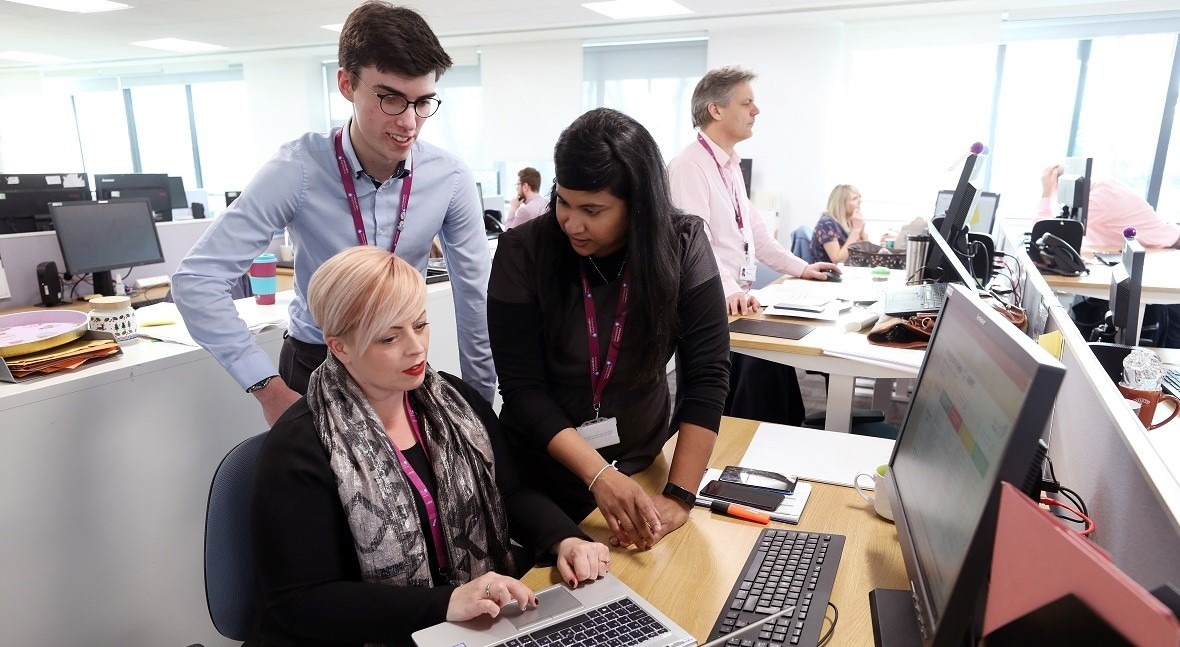
Micropollutants in wastewater and their potential pathways to sludge through bioresources to the wider environment are certainly a concern. Where pollutants are flagged for concern I do believe that identification and reduction at source is critical. At Anglian Water, we place environmental protection at the heart of everything we do. I do not believe it is acceptable or sustainable to just allow these chemicals to be discharged into sewer and then expect wastewater and sludge treatment to be the primary barrier to prevent release to the wider environment. I believe that’s a case of shutting the stable door after the horse has bolted, as there are many other pathways to people or the environment at point of use or production.
As a company and wider industry, we’re working hard to find better solutions to remove micropollutants from wastewater. This is an area where the industry and regulators are working closely together to monitor and undertake research. One example of this is the chemicals investigation programme (CIP) where we work closely with other water companies and the Environment Agency. These programmes look to monitor levels and identify emerging contaminants and understand how these partition to either the water or solid stream as wastewater is received and processed through treatment centres. Whilst micropollutants will be present and can be measured within bioresources products, the levels are below levels set within regulations and current guidance.
What are some of the trends affecting the recycling of biosolids?
There has been a clear trend over the last 10 years to move to advanced anaerobic digestion technologies, which I think is a really positive thing. I believe this will continue, as this technology is an effective solution and will likely form the foundations from which new emerging technologies are added.
Biomethane for grid injection is rising in popularity, a solution that reduces the carbon impact of heating homes and businesses
I hope to see circular economy principles driving future trends. I expect sludge treatment centres of the future to be focused on the production of high-quality products. For example, recovered nutrients could be used as input materials into fertiliser manufacture, thus lowering the costs and carbon impacts of food production. Production of biomethane for grid injection is another solution which is already rising in popularity, which reduces the carbon impact of heating homes and businesses.
What are Anglian Water’s priorities in the area of bioresources for the next 5 to 10 years?
Our priorities will be to continue to provide efficient high-quality services and products through our bioresources operations that support our purpose, our mission and our values. Specifically, for bioresources, we will continue to be a strong and supportive voice championing the benefits of safe, sustainable recycling of bioresources products into agricultural and energy markets. We will also explore partnerships and the use of markets to enhance the services and range of products that we offer. This will be in parallel with a focus on innovation, recognising the challenges, risks and opportunities that exist.
If I look forward 10 years I see our asset base evolving. Our core sludge treatment activities will still centre around advanced anaerobic digestion, but I anticipate the industry will start to move towards the integration of advanced thermal conversion technologies. This might include pyrolysis, producing such products as biochar and bio-crude oils that can be used as input material for the manufacture of a wide range of sustainable products.



